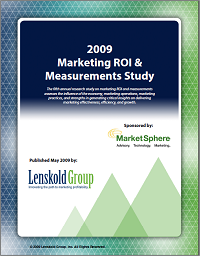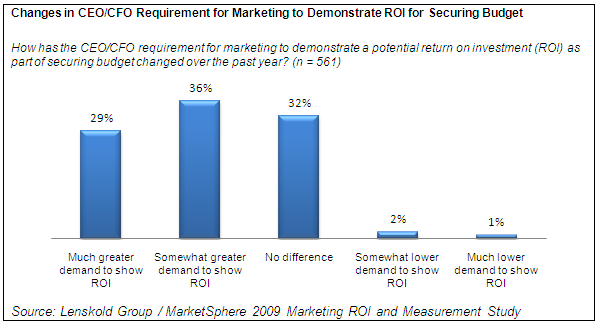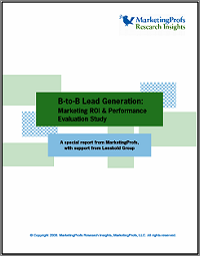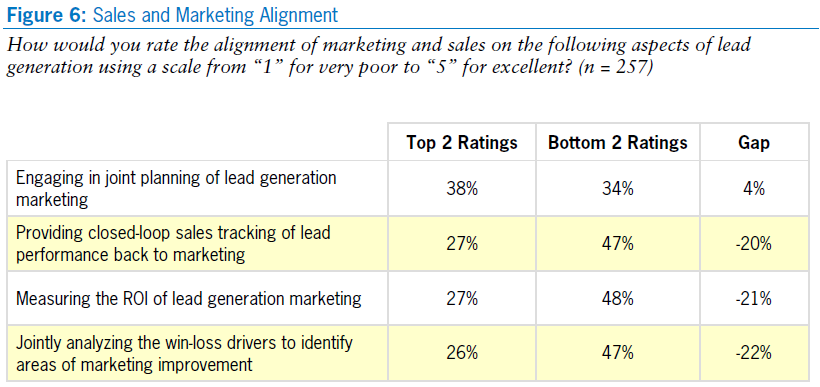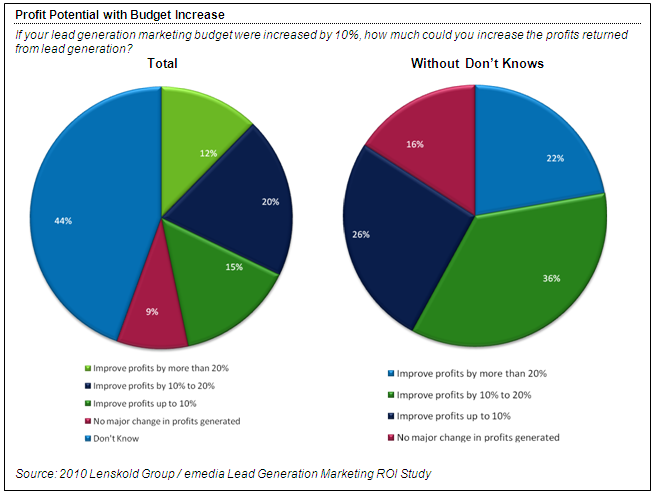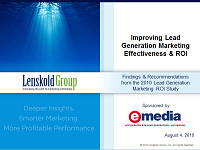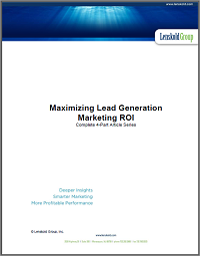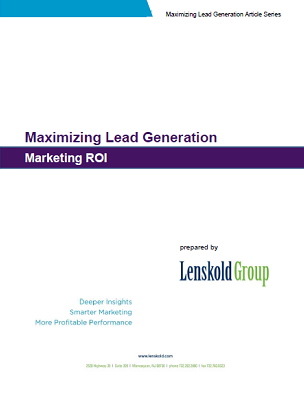How does your company define marketing ROI? A survey conducted by Forrester and the Association of National Advertisers (ANA) found “a lack of consensus among marketers on how to measure/define their return on investment (ROI) in marketing.” The top choices were Incremental Sales Revenue Generated by Marketing Activities (66%) and Changes in Brand Awareness (57%). Other top choices referred to purchase intentions, attitudes, market share and leads. There is a lack of consistency in the industry, but more importantly the industry is still slow in embracing marketing accountability with measures that have financial integrity.
Is there a right answer to how marketing ROI is defined? If you were to ask individuals how they defined and measured the ROI on their stock portfolio, what kind of responses would you expect? Most investors will not be satisfied if their stock portfolio returns are defined as most popular or most likely to grow. They also won’t be satisfied if they get high growth rates that are more than offset by high commission fees. Bottom line is the return on investment means exactly that – the profits (not revenues) generated in excess of the initial investment, discounted to net present value and shown as a percent of the initial investment.
Even with agreement on the ROI definition at this high level, the quality and success of your marketing ROI processes are dependent on establishing additional definitions for your calculations and measures. Definitions provide consistency, which is especially important for areas where some interpretation or judgment is required.
The marketing ROI process requires definition of:
- The marketing investment – The marketing budget for a campaign or activity is typically obvious but what about brand campaigns running concurrently, salaries and overhead, supporting technology and the sales channel? You have choices here that will influence the ROI calculation.
- Incremental customer value – Your definition must consider the immediate purchase, incremental future purchases, and the time period for future value, less deduct costs that are sales-driven.
- Return vs. investment categorization – Certain expenses fall on both the return and investment side of the equation, such as price discounts, rebates, and sales premiums.
- Baseline measures – A clear and consistent definition is needed for the baseline projection from which the incremental profits are derived. Control groups, modeling and other measurement methodologies are part of this definition, along with decisions for the frequency and precision of the measures.
- Customer behaviors – Even basic terms we take for granted require definitions. When is a customer fully acquired? After the first sale, a repeat sale, or a steady purchase level? Is defection clearly defined as well as retained, saved and won back customers?
These are just a few key categories that are part of implementing a highly effective marketing ROI process. This is where errors often exist. Setting definitions requires good planning and is driven by one primary principle – will this drive the right decisions in creating and executing more profitable marketing strategies? Once the standards are set, the same principle is used as the quality check to make improvements.
